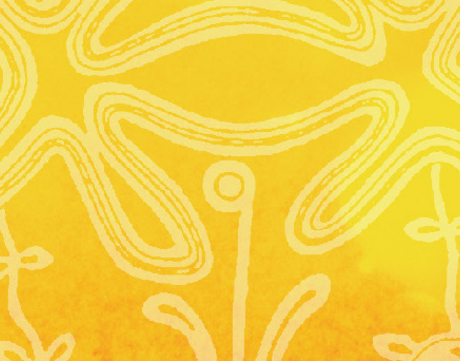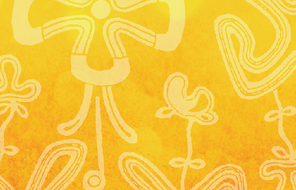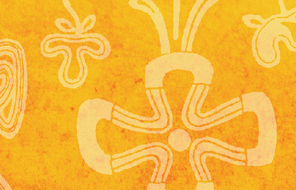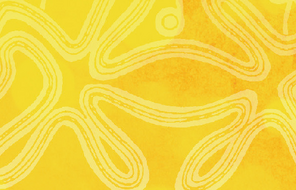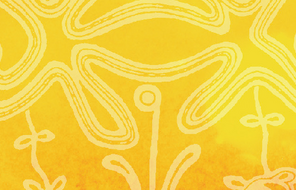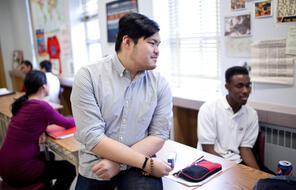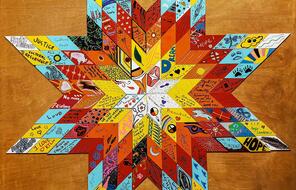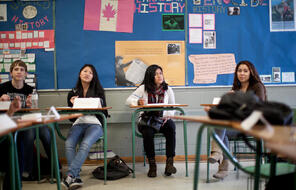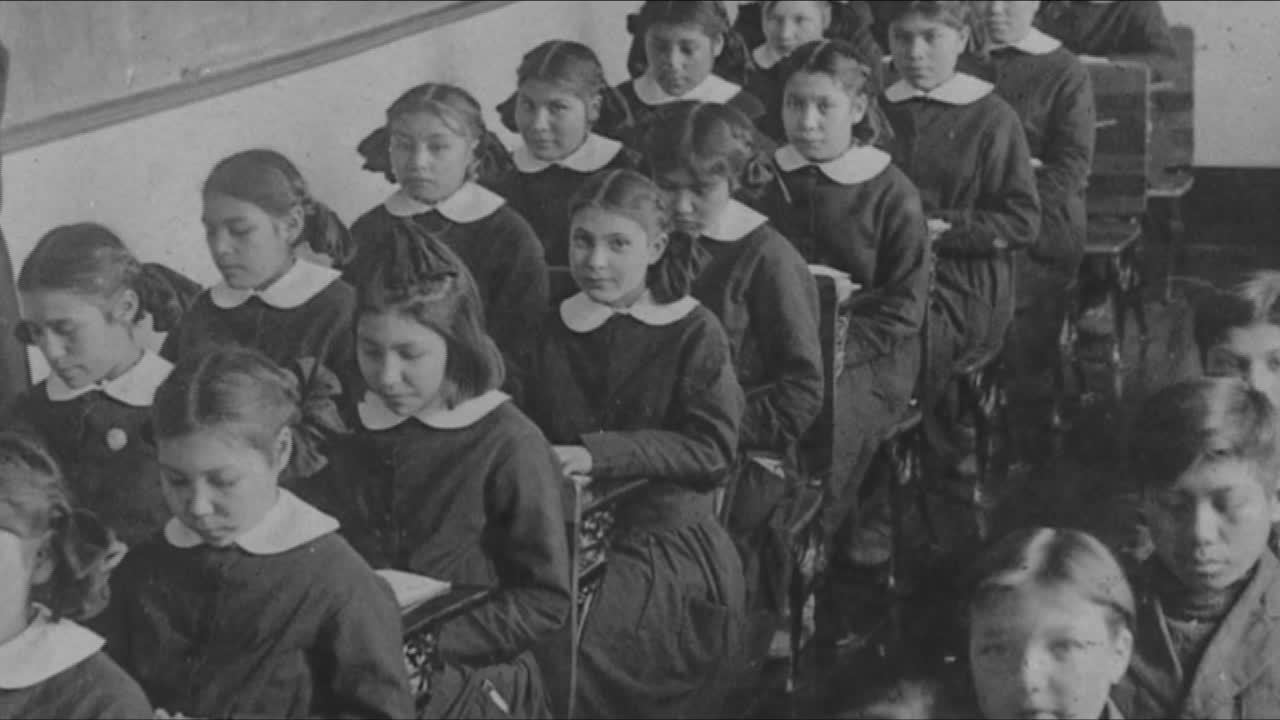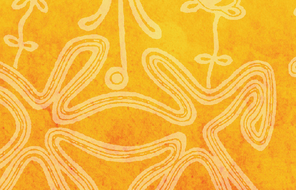The lives of the Indigenous Peoples of Canada are deeply intertwined with the colonial history of the country, during which they were robbed by the government and other agencies of rights afforded to them by legally binding treaties and of their land, which was illegally seized by the government and private developers. Today,
individuals and communities work to reconcile their worldview, traditions, and aspirations for self-expression and autonomy with the political and social reality of twenty-first-century Canada. But a larger and more universal issue is bound up in this. What makes us members of a free society? In democratic societies, the fundamental assumption is that individual rights, equality before the law, and a measure of protection from government interference in individual choices would ensure the greatest freedom to all. Some would argue that those defenses are also the best protection against prejudice and discrimination.
The indigenous struggle challenges some of these assumptions and forces us to look more closely at the ideas behind our democracies. Specifically, it exposes the tensions between individual and group freedoms. The strain exists because in a democracy, a person’s religious, political, or ethnic associations are viewed as secondary to his or her membership in the national community. For example, the government and parliament, as representative of the nation as a whole, are the bodies that make decisions about policies and new laws. Religious groups, ethnic minorities, and political organizations cannot impose their views on the rest of the nation. In fact, citizenship is given to everybody regardless of religious, political, or ethnic affiliation. However, many indigenous groups in Canada claim rights not only for their members as individuals but also autonomy inside or, to an extent, alongside the nation of Canada. They claim the right to exercise their autonomy as people in control of their own destiny, both as individuals and as a group of people.
What does the struggle of
,
, and Inuit for their pre-existing rights look like? What are activists and leaders hoping to achieve? The first part of this chapter explores the challenges we just discussed, and the second focuses on the Blue Quills First Nations College. In the last readings of this chapter, we will consider stories of how young people use their history and culture to build bridges to others and toward the future.
